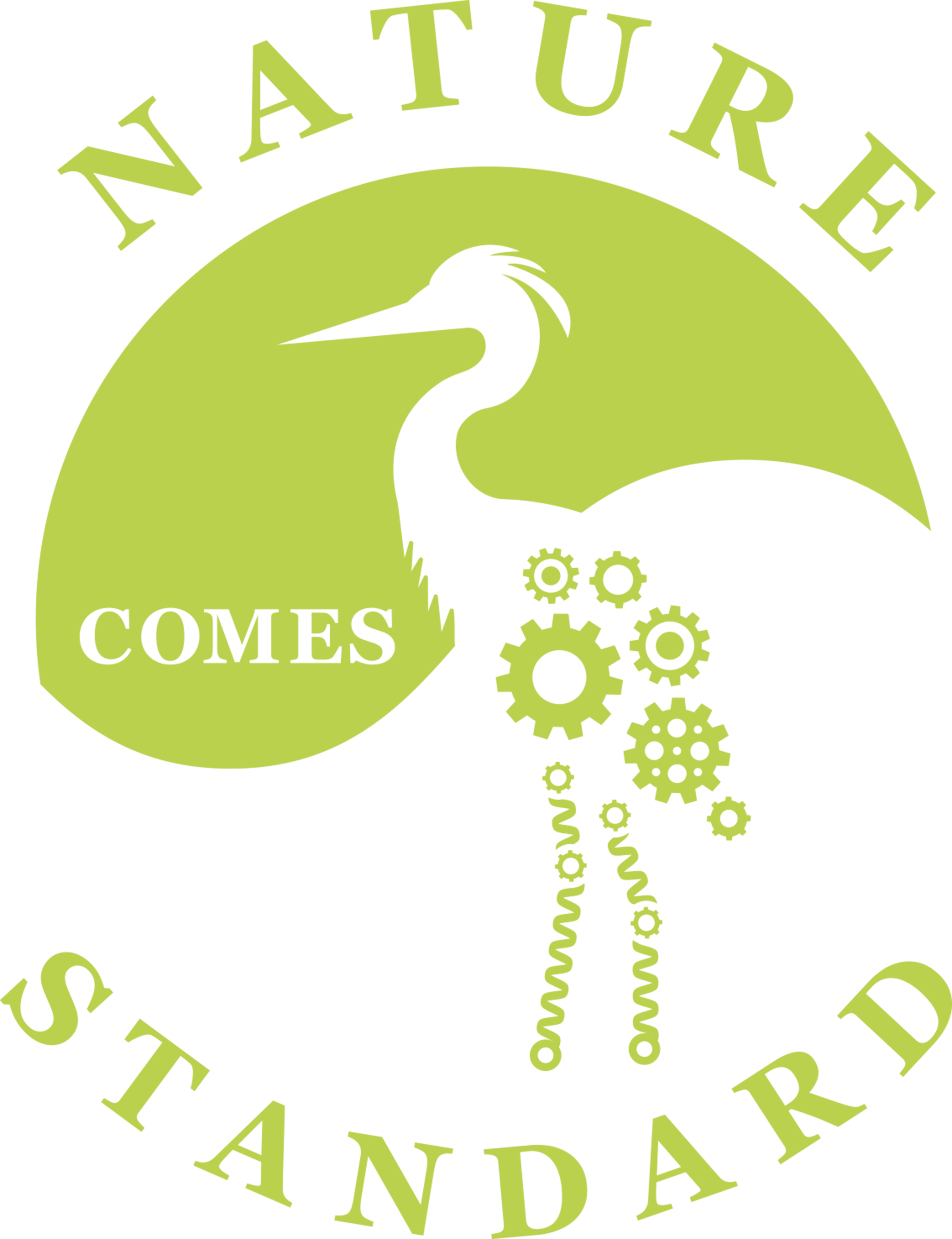Self-Repairing Automotive Components Coming from the Deep

How can automakers improve vehicle durability while simultaneously reducing environmental impact? Self-repairing materials could be one ingenious way. Imagine rubber suspension bushings, mounts, and tires that repair themselves as they fatigue, extending the component's life. Plus, when these components reach their end of life, they biodegrade.Imagine coolant or fuel lines repairing within seconds of a highway accident or underbody impact from road debris, preventing dangerous fires and environmental spills; exterior body panels and chassis component coatings that improve aerodynamics, water resistance, and self-repair to maintain corrosion resistance after abrasion; and windshields that repair after a rock strike.
In this (In)tangible Insights podcast, Professor Melik Demirel of Penn State University reveals his biomimetic research of squid ring teeth located on the squid's suction cups. The squid ring teeth' proteins incorporate an asymmetrical nano-structure, also named tandem repeats. This phenomenon creates a functionally strong material with the capability to self-heal. By synthetically reproducing the structure and combining it with inorganic materials, Professor Demirel and his team have created self-healing and biodegradable fabrics and coatings. Through this example of biomimicry, the process of gleaming sustainable insight from Nature's 3.8 billion years of R&D, automotive manufacturers and suppliers have the opportunity to incorporate the technology of Nature into their products and processes.
Rubber is an example of combining an organic compound (latex from rubber trees) and inorganic compounds (sulfur and carbon). In the squid ring teeth technology, engineers would not use actual squids but instead synthesized versions of their teeth' proteins. Materials engineers could incorporate these organic teeth proteins into making rubber, polymers, composites, fabrics, and coatings. These materials' self-repairing and biodegrading characteristics could carry over to automotive components manufactured from these materials, such as rubber suspension bushings, plastic trim pieces, and interior seats.
Think of your technical specialty. Are you looking for a more durable, safer, and efficient material? What if it also had a neutral or a positive impact on the environment? Nature's knowledge can lend assistance. How could the biological lessons of self-repair and biodegradability contribute to your component, system, or process?





